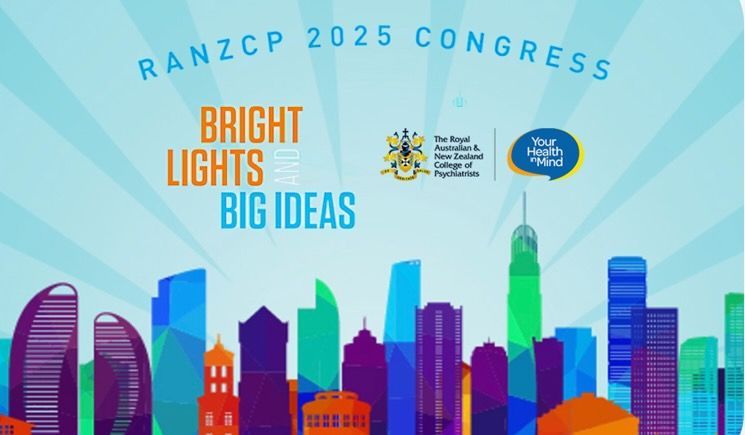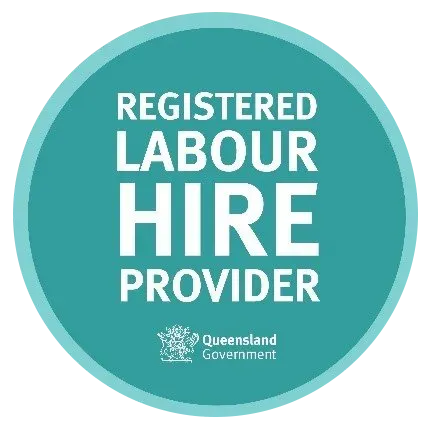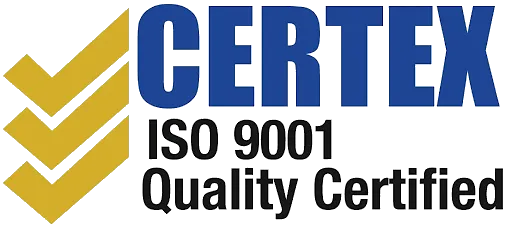457 Visa Changes Are Great News for Medical Doctors

457 Visa Changes Are Great News for Medical Doctors
The Department of Home Affairs has recently issued clarifications about professionals already on 457 visas who want to apply for permanent residency. There is good news! Medical doctors who have applied for a subclass 457 visa on or before 18 April 2017 will be eligible for permanent residency. They can apply under the Temporary Residence Transition stream. The provisions for doing so have remained largely unchanged:
- Occupations: The eligible occupations remain the same as long as the nominee continues to work in the same position. And for the same employer (as of the Subclass 457 visa approval).
- Age: The age limit will remain less than 50 years old.
- Work experience: Work experience requirement will remain the same. Applicants will need to have worked for their sponsoring employers on a Subclass 457 visa for two years prior to making the application.
- Duration and changing jobs: The visa is valid for up to 4 years. It enables the doctor to work for the sponsoring medical practice or hospital. In some circumstances it even allows the doctor to work in other medical practices.
The next set of reforms, impacting those who applied for their 457 visas on or after 19 April, are largely statutory. The Skilled Occupations List (SOL), which contains medical occupations, was renamed the Medium and Long-term Strategic Skills List (MLTSS). This list contains occupations which are of high value to the Australian economy, and includes doctors.
Medium and long‑term strategic skills list
| 65 | general practitioner | 253111 | MedBA | |
| 66 | specialist physician (general medicine) | 253311 | MedBA | |
| 67 | cardiologist | 253312 | MedBA | |
| 68 | clinical haematologist | 253313 | MedBA | |
| 69 | medical oncologist | 253314 | MedBA | |
| 70 | endocrinologist | 253315 | MedBA | |
| 71 | gastroenterologist | 253316 | MedBA | |
| 72 | intensive care specialist | 253317 | MedBA | |
| 73 | neurologist | 253318 | MedBA | |
| 74 | paediatrician | 253321 | MedBA | |
| 75 | renal medicine specialist | 253322 | MedBA | |
| 76 | rheumatologist | 253323 | MedBA | |
| 77 | thoracic medicine specialist | 253324 | MedBA | |
| 78 | specialist physicians (nec) | 253399 | MedBA | |
| 79 | psychiatrist | 253411 | MedBA | |
| 80 | surgeon (general) | 253511 | MedBA | |
| 81 | cardiothoracic surgeon | 253512 | MedBA | |
| 82 | neurosurgeon | 253513 | MedBA | |
| 83 | orthopaedic surgeon | 253514 | MedBA | |
| 84 | otorhinolaryngologist | 253515 | MedBA | |
| 85 | paediatric surgeon | 253516 | MedBA | |
| 86 | plastic and reconstructive surgeon | 253517 | MedBA | |
| 87 | urologist | 253518 | MedBA | |
| 88 | vascular surgeon | 253521 | MedBA | |
| 89 | dermatologist | 253911 | MedBA | |
| 90 | emergency medicine specialist | 253912 | MedBA | |
| 91 | obstetrician and gynaecologist | 253913 | MedBA | |
| 92 | ophthalmologist | 253914 | MedBA | |
| 93 | pathologist | 253915 | MedBA | |
| 94 | diagnostic and interventional radiologist | 253917 | MedBA | |
| 95 | radiation oncologist | 253918 | MedBA | |
| 96 | medical practitioners (nec) | 253999 | MedBA |
Upcoming 457 visa changes
Changes in July added a language requirement. An IELTS or equivalent test needs to completed scoring at least 5 in each component. The age requirement remains below 50 at the time of application to the Temporary Residence Transition stream.
From December the Department will collect Tax File Numbers for these visa holders. Data will be matched with the Australian Tax Office’s records to ensure that visa holders are paid their nominated salary.
The real changes, however, will happen from March 2018. These include:
- Training levy: Employers nominating a worker for an Employer Nomination Scheme (ENS) or Regional Sponsored Migration Scheme (RSMS) visa must pay a contribution to the Skilling Australians Fund. The fee will be $3000 for companies with annual turnover of less than $10 million or $5000 for all others.
- Occupation lists: Only jobs on the Medium and Long-Term Strategic Skills List (MLTSSL) will be available to foreign employees in the Direct Entry stream for both the ENS and RSMS categories.
- Salary requirements: Employers will be required to pay the Australian market salary rate. They also need to meet the Temporary Skilled Migration Income Threshold ($53,900 as of 12 April 2016).
- Residency period: The transition period to permanent residency will be three years instead of the current two.
- Minimum experience: Foreign workers must prove they have at least three years of work experience relevant to the particular occupation.
- Age limit: The age limit for applicants will be 45 years instead of 50 years at the time of application.
Conclusion
The big changes in 457 Visa rules impact those occupations that feature in the less favorable Short Term Skilled Occupation List. The biggest disadvantage being the visa does not provide a path to permanent residency. Doctors, however, feature in the preferred MTSSL list where they not only get four-year visa (indefinitely renewable). They also have the option of applying for permanent residency.
Register now for the highest paid doctors positions across Australia and New Zealand.









